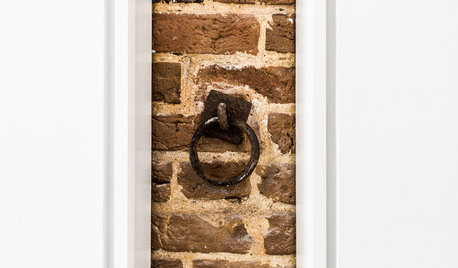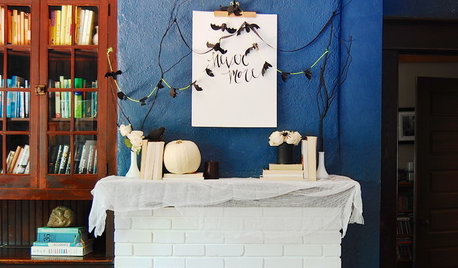Parma more tender than I thought/Marie Louise source?
stefanb8
18 years ago
Related Stories

LIFEYou Said It: ‘Rather Than Remove Them, They Framed Them’
Design advice, inspiration and observations that struck a chord this week
Full Story
DECORATING GUIDESMore Is More: The 10 Tenets of Maximalist Style
Ready to join the school of over-the-top design? Learn how to embrace excess in your interiors
Full Story
LIFEYou Said It: ‘Enjoy Your Own Private Symphony’ and More Houzz Quotables
Great advice, tips and downright poetic bits from this week's stories
Full Story
ARCHITECTURETell a Story With Design for a More Meaningful Home
Go beyond a home's bones to find the narrative at its heart, for a more rewarding experience
Full Story
EARTH DAY5 Ideas for a More Earth-Friendly Garden
Consider increasing the size of garden beds, filtering rainwater and using plants to reduce energy use
Full Story
FUN HOUZZEverything I Need to Know About Decorating I Learned from Downton Abbey
Mind your manors with these 10 decorating tips from the PBS series, returning on January 5
Full Story
TRADITIONAL HOMESHouzz Tour: A Historic Remodel Keeps the Romance Alive
It was love at first sight for the owner of a 2-centuries-old house. She and her husband renovated it with tender loving care
Full Story
TRAVEL BY DESIGNTravel Guide: Vancouver for Design Lovers
You'll find more than just great architecture in this diverse coastal Canadian city — terrific parks, shops, eateries and museums abound too
Full Story
HOUZZ TOURSMy Houzz: Mixed-Use Oregon Home Serves and Charms
Home, restaurant, garden, rental cabin — and it gives back to the community too. This multitasking home is a wonder in more ways than one
Full Story
FALL AND THANKSGIVING10 Ways to Shower Your Home With Gratitude
Give your home some love with these thoughtful ideas and watch it return the favor
Full Story





etii
stefanb8Original Author
Related Professionals
Accokeek Landscape Architects & Landscape Designers · Folsom Landscape Architects & Landscape Designers · Forest Park Landscape Architects & Landscape Designers · Jackson Landscape Contractors · Tempe Landscape Contractors · Alpharetta Landscape Contractors · Deer Park Landscape Contractors · Englewood Landscape Contractors · Lakeville Landscape Contractors · Live Oak Landscape Contractors · Los Banos Landscape Contractors · Saint Paul Landscape Contractors · Teaneck Landscape Contractors · North Hills Landscape Contractors · Landover Outdoor Lighting & Audio Visual Systemsetii
stefanb8Original Author
stefanb8Original Author
etii
jim_mck
nathalie